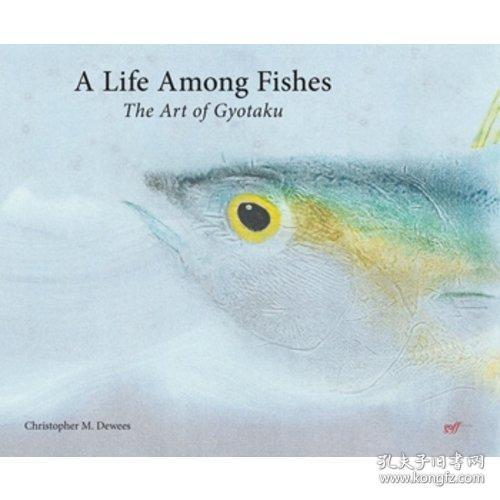Introduction:
The serene beauty of a flowing stream offers anglers a tranquil yet challenging environment to pursue their passion. Among the diverse fish species found in these waters, the carp, with its impressive size and resilience, stands out as a sought-after catch. This article delves into the art of stream fishing, focusing on proven techniques to successfully hook a鲤鱼 (commonly known as carp) in a flowing stream.
Understanding the Stream Environment:
Before delving into the specifics of fishing techniques, it's crucial to understand the stream environment. Carp are bottom feeders and are often found in deeper sections of the stream where they can find food. They are also known to be quite sensitive to changes in water flow and temperature. Therefore, choosing the right spot and understanding the water conditions are the first steps towards a successful fishing trip.
Choosing the Right Gear:
Rod and Reel: A medium-heavy action rod is ideal for carp fishing, as they can be quite strong and pull hard. A quality spinning reel with a smooth drag system is essential to handle the force of a strong carp.
Line: Use a monofilament line with a breaking strain of 10-15 pounds. Carp are not particularly line shy, so a thicker line is often necessary to handle the fight.
Hook: A size 4 to 6 carp hook is suitable. A wide-gap hook is recommended to ensure a good grip on the fish.
Bait: Carp are opportunistic feeders and will take a variety of baits. Live bait like worms or maggot larvae can be effective, but commercial carp baits or boilies are also popular choices.
Techniques for Carp Fishing in Streams:
Locating Carp:

- Look for areas with slower water flow, such as behind rocks or logs, where carp may congregate.
- Observe the water's surface for signs of carp activity, such as boils or splashes.
Choosing the Right Bait:
- Carp baits come in a variety of flavors and colors. Experiment with different options to see which one attracts the most fish.
- Live bait can be particularly effective, as carp are attracted to the movement and scent of live organisms.
Presenting the Bait:
- Carp fishing often requires a slower approach. Cast your bait upstream and allow it to drift naturally towards the fishing spot.
- Use a slow retrieve to mimic the natural movement of the bait in the water.
Lure and Rigging:
- When using artificial lures, try a variety of retrieves and presentations to see what triggers a bite.
- For rigging, a simple paternoster rig can be effective. This rig keeps the bait at a consistent depth and reduces the risk of snags.
Setting the Hook:
- Carp are known for their powerful strikes, so be prepared for a sudden pull.
- Set the hook firmly but gently to avoid spooking the fish.
Handling the Fish:
- Once you've hooked a carp, be patient. These fish can be quite strong and may take time to tire.
- Use a net to help guide the fish into the boat or onto the shore. Be gentle to avoid damaging the fish.
Conclusion:
Carp fishing in a flowing stream can be a rewarding yet challenging endeavor. By understanding the stream environment, choosing the right gear, and mastering the techniques for presenting your bait, you can increase your chances of landing a majestic carp. Remember to respect the fish and the environment, and enjoy the tranquility and beauty of the stream as much as the thrill of the catch. Happy fishing!












